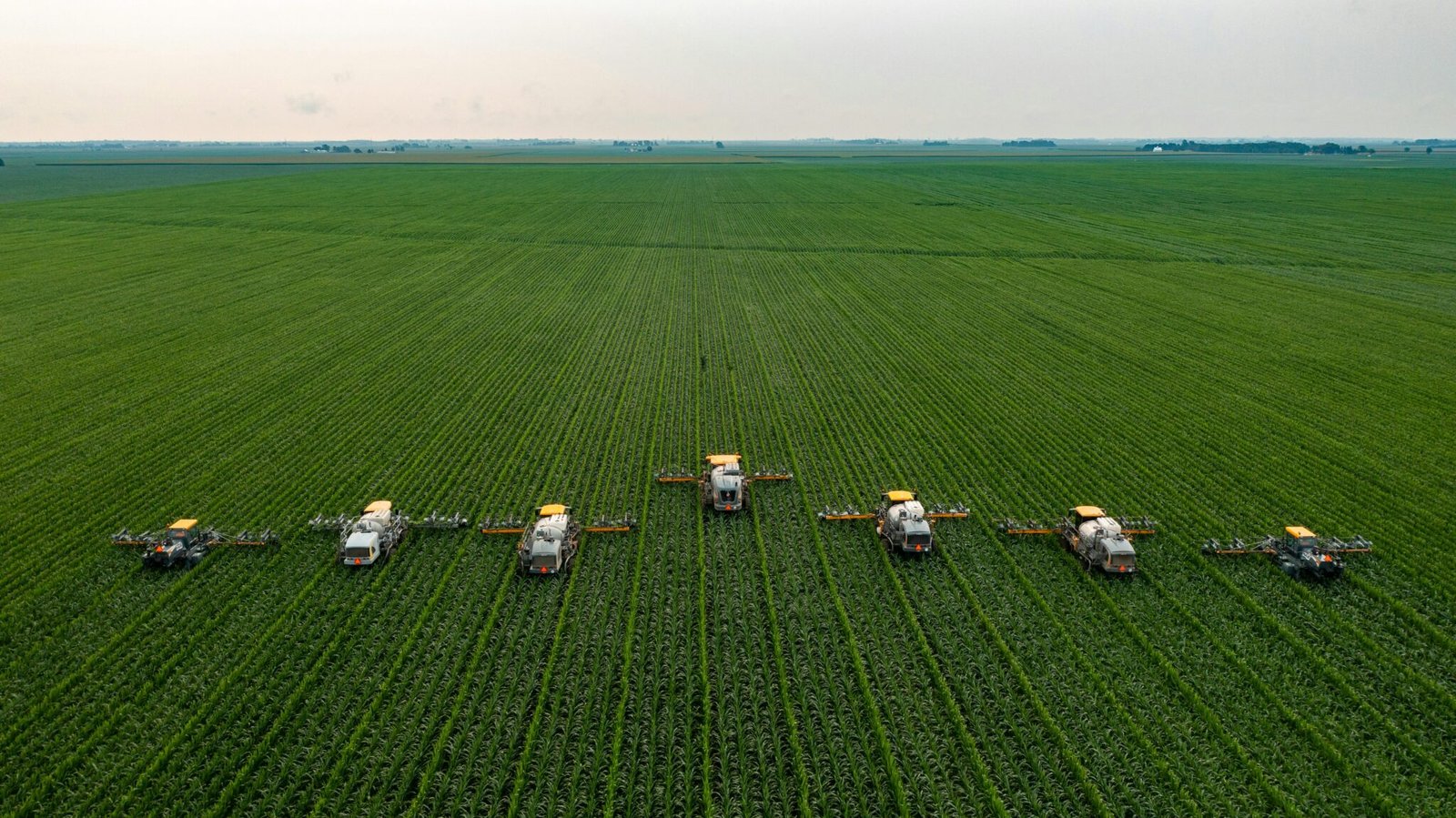By the end of 2025, more than 45% of newly deployed AI agricultural machinery worldwide will incorporate autonomous technology for major field operations, marking a decisive shift toward AI-driven, precision agriculture. From autonomous tractors to AI-powered drones, these innovations are addressing labour shortages, boosting efficiency, and meeting the mounting challenge of global food demand.
Global Drivers of Autonomous Agriculture
Farmers face unprecedented challenges: rising population pressures, shrinking agricultural labour pools, environmental regulations, and climate change impacts. Autonomous farming, powered by robotics, artificial intelligence, advanced sensors, and precision GPS, offers scalable solutions.
Data Protection and DPDP Act Readiness: Hundreds of Senior Leaders Sign Up for CDPO Program
Self-driving tractors now perform ploughing, seeding, and tillage with centimetre-level GPS accuracy. AI-driven irrigation systems deliver precise water applications, cutting waste by up to 40%. Drone fleets equipped with multispectral imaging detect crop stress weeks before visible symptoms appear, enabling targeted interventions. These capabilities reduce operational costs, improve yields, and enhance environmental stewardship.
Leading companies such as John Deere, Naïo Technologies, and AGCO Corporation have expanded their autonomous machinery portfolios, while startups are innovating for small and medium-sized farms. Platforms like Farmonaut integrate satellite imagery, AI analytics, and blockchain traceability, making precision farming more accessible and transparent.
Key Technologies Powering the 2025 Farming Revolution
Five core technologies are driving adoption:
Advanced Sensors & GPS Navigation – Delivering real-time soil, crop, and environmental data for precision field operations.
AI, Machine Learning & Computer Vision – Enabling dynamic, data-driven decisions on seeding, irrigation, and pest control.
Robotics – From autonomous harvesters to targeted spraying drones, machines now work around the clock with minimal oversight.
IoT Connectivity & 5G – Allowing seamless communication between field equipment, cloud systems, and remote operators.
Cloud & Blockchain Platforms – Providing decision support, operational tracking, and supply chain transparency.
Environmental gains are equally significant. AI-powered sprayers reduce chemical usage by over 30%, smart irrigation systems conserve billions of litres of water annually, and optimised machine routing cuts fuel emissions. The sector’s rapid evolution is set to continue beyond 2025. Experts predict smaller, collaborative robot fleets, edge AI processing for faster decision-making, and satellite-driven IoT networks that connect even the most remote farms.
Autonomous farming is no longer a futuristic concept. It is a present-day reality reshaping agriculture’s productivity, sustainability, and resilience.


